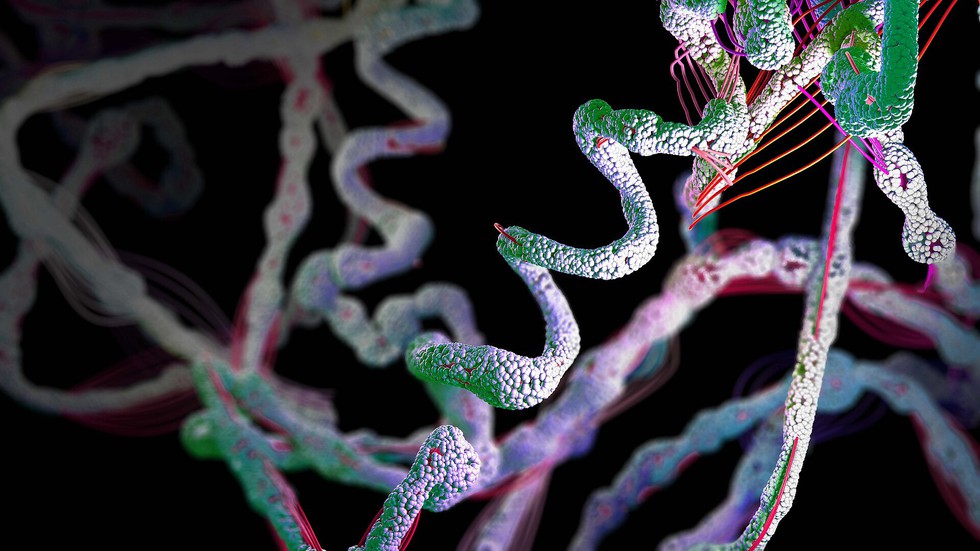About Bioactive Peptides (BAPs):
- Peptides are strings of molecules called amino acids, which are the "building blocks" of proteins.
- The amino acids are joined by covalent bonds known as amide or peptide bonds.
- For a peptide to be considered bioactive, it should have a physiological effect in a positive manner.
- Although some BAPs exist free in their natural source, the vast majority of known BAPs are encrypted in the structure of the parent proteins and are released mainly by enzymatic processes.
- Most of the BAPs are derived from plants and animals.
- The source of BAPs includes milk, cheese, pickles (fermented fruits and vegetables), plants, egg, fish, meat, and soybean products.
- Some BAPs have been prepared by chemical synthesis.
- BAPs play a significant role in human health by affecting the digestive, endocrine, cardiovascular, immune, and nervous systems.
- BAPs are considered the new generation of biologically active regulators; they can prevent oxidation and microbial degradation in foods and also improve the treatment of various diseases and disorders, thus increasing the quality of life.
Peptides vs. Proteins:
- Both peptides and proteins are made up of strings of amino acids that are held together by peptide bonds.
- The main difference is that peptides are shorter strings of amino acids than proteins, although the terms aren't used precisely.
- Most scientists refer to chains with over 100 amino acids as proteins.
- In addition, peptides tend to be less well defined in structure than proteins, which can adopt complex conformations known as secondary, tertiary, and quaternary structures.
